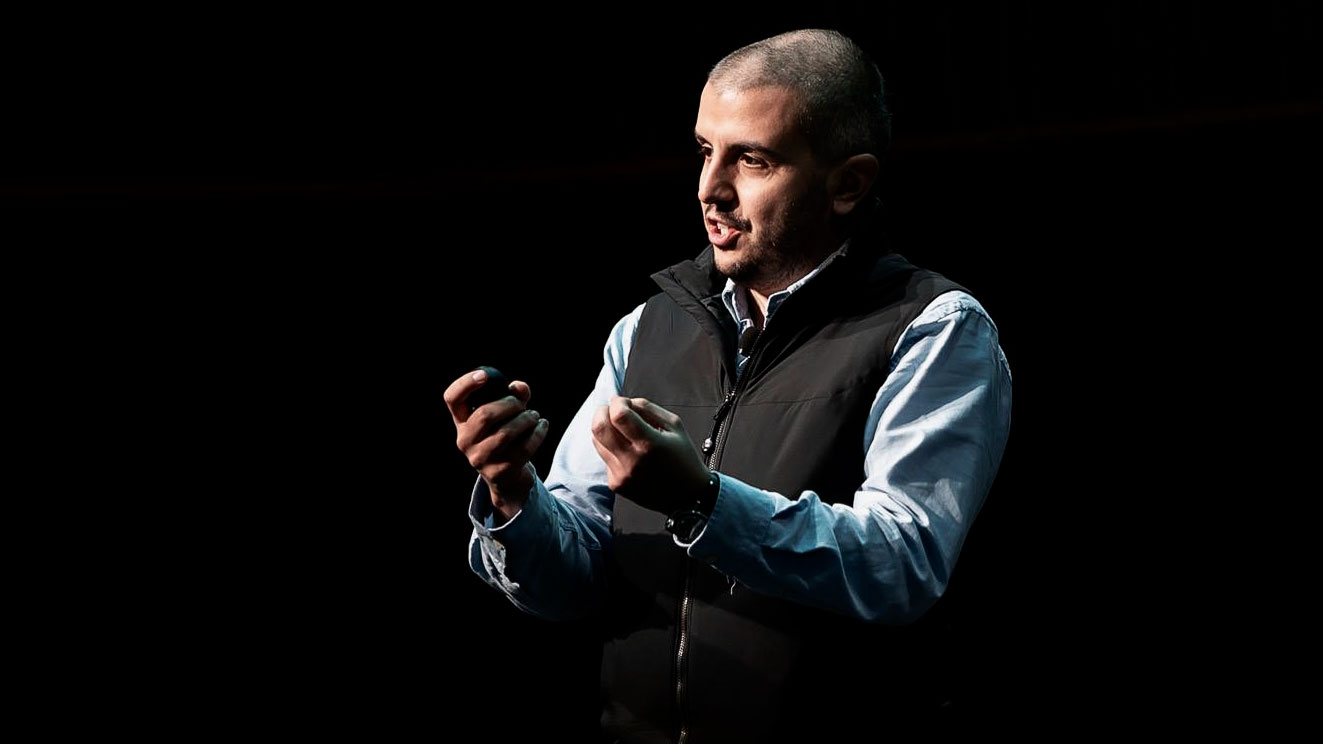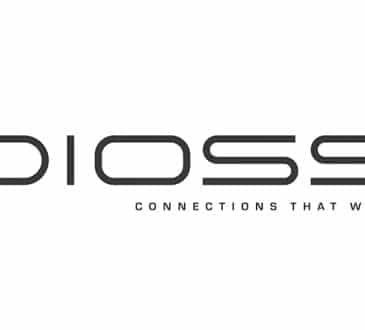Three Things CEO’s Need to do to Start Measuring Innovation

In a volatile world where the only certainty is the uncertainty, companies can no longer view innovation as a ‘nice to have’, but as a business imperative. A go-to vehicle for sustainable growth. For so long, innovation was seen more as an art form than a science yet, there is a common tendency to conflate creativity with innovation.
Corporate leaders often see successful startups coming up with great new products, which motivates them to pursue the development of similarly cool, new, shiny products. Companies fall into this trap every time. They think that the best way to become better at innovation is to put a bunch of “creatives” under one roof and ask them to think of the next big thing. To be clear, as any seasoned entrepreneur or product innovation manager would tell you, awesome ideas are an important input. But just putting a bunch of subjectively creative individuals together isn’t a foolproof recipe for generating growth.
Adding the inability to clearly measure innovation to the mix only contributes to many executives shying away from making bold innovation moves. As many would argue, and as examples have proven, innovation is a discipline to be mastered and managed. Since innovation is more about discipline and routine than about creativity, it can be measured, just as any other company process can. The caveat being that innovation measurement has some prerequisites:
- Be clear about what you mean by innovation
If you want to start measuring innovation by building an innovation accounting system, you would first have to define innovation. As trivial as this might sound, this is an important step, as your definition of innovation will impact what indicators you will need to put in place.Some people in your company might refer to innovation as being something entirely new that the company hasn’t done or offered before, while others might consider an incremental improvement of an existing offering as innovation. Being an evergreen word, innovation might mean different things to different people in your company, and they are all correct in their views.
If your company agrees on its meaning of innovation as more on the incremental side of the spectrum, indicators from the financial accounting and project management spheres might be better suited for measuring your innovation efforts. On the other hand, if your company’s definition of innovation tips more towards the disruptive side of the innovation spectrum, you might need to consider alternative indicators to financial accounting – indicators that present progress and impact in the absence of immediate financial data.
Aligning on a clear definition of innovation is the first step on the journey, not only for measuring innovation, but for driving innovation in general. Companies such as DBS were able to ‘rally the troops’ behind the idea of growing through innovation and building a culture of innovation by creating a simple definition that everyone in the company understands and can act on: “something different that creates value”.
- Put the right governance in place
Innovation measurement starts with innovation management. The companies wanting to measure innovation first have to have a solid innovation management process (governance) in place.This governance needs to cover everything from the stage’s ideas pass through from the moment they were created to the moment they reach maturity, to how often investment or divestment decisions are being made. And from how budgeting for innovation is done to how progress is being tracked at team level.
For example, without clear stages ideas pass through, it is impossible to measure progress ideas are making – you will only be able to track the costs incurred. The company won’t know if that incurred cost was converted into progress by the innovation team aside from some personal opinions.
An innovation governance system is at the heart of a company’s ability to measure innovation. Therefore, if you want to get clarity around how much innovation is costing and what’s the potential upside you might get from innovation down the line, you need to invest in bringing clarity around how innovation is managed.
- Train people on how to manage and measure innovation
Any system is as good as the people operating it. After building the governance for innovation, companies need to invest in developing the innovation management skills of the employees across all levels of the company. Only once these skills, and the innovation governance, are put into practice, can companies hope to get data around their innovation investment.In the absence of innovation management skills, employees will revert to the ‘traditional’ way of working, which might be fitting for the core business but detrimental for innovation. The investment in the governance system for innovation needs to be matched by the investment in the HR capabilities of the organization with training programs touching on all aspects of innovation management. From how to generate ideas aligned with the company’s growth strategy, to how to run business experiments, to assessing the progress of innovation teams and measuring certain innovation specific indicators, everything needs to be considered and developed if the company is to have transparency over its innovation investments.
You may have been tasked with measuring innovation or developing an innovation accounting system in your company, or you may have taken the project on as one of your roles and responsibilities within your organization. Either way, being mindful of these three prerequisites and acknowledging the fact that building a measuring system for innovation is a complex endeavor worth pursuing are the first steps towards success.
Written by Dan Toma.
# Why Flexibility is the Key Component to Hybrid Work Environments by Jason Palmer.
# Improving Women’s Economic Participation with New Crowdsourcing Models by Tracy Garley.
# Transforming an Industry with Innovation by Kevin Leahy.
# The future of work: What workplace trends are on the rise? by Janet Candido.
Add CEOWORLD magazine to your Google News feed.
Follow CEOWORLD magazine headlines on: Google News, LinkedIn, Twitter, and Facebook.
Copyright 2024 The CEOWORLD magazine. All rights reserved. This material (and any extract from it) must not be copied, redistributed or placed on any website, without CEOWORLD magazine' prior written consent. For media queries, please contact: info@ceoworld.biz








